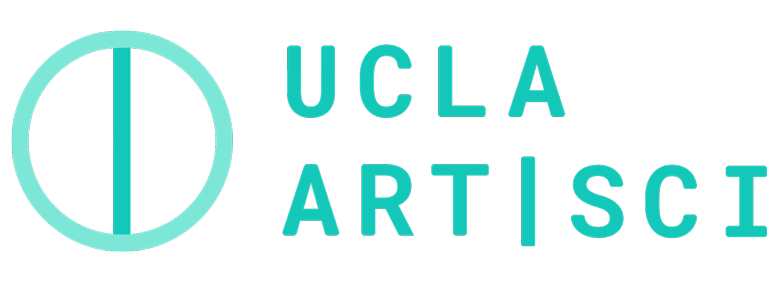Mixing art and science in Moscow
Article by Kat Austen via CultureLab
A WIND of change is blowing through Russian science. After leading the world in the space race, the country's scientific effort atrophied as research budgets evaporated in the wake of the Soviet Union's collapse in the early 1990s. Rebuilding has been slow.
The re-election of Vladimir Putin as president has been greeted with tentative approval by many scientists, who are hopeful that his campaign promises to establish world-class research universities by 2020 and boost public funding of research will come to fruition. But it isn't only scientists who are waiting for change. Improvements in national science could also bring more opportunities for artists to work with researchers.
In August, the Russian government, in conjunction with the Massachusetts Institute of Technology (MIT), will open the Skolkovo Institute of Science and Technology. The institute's home will eventually be in a new "science city" outside Moscow. Leaders of the project hope that it will spur the academic community to look outwards. "Skolkovo is an attempt to develop a complete innovation ecosystem in a community," says Ed Crawley, president of the new institute and an aerospace engineer at MIT. "It will also be a programme of culture."
Many in the art world are optimistic about Skolkovo's potential to foster a combined culture. In the meantime, other efforts are well under way. Last month, for example, Moscow's Central House of Artists - one of the largest and most prestigious art venues in Russia and newly home to the DNA gallery, a space for art science discussion - hosted the Science Art 2012 exhibition, part of a conference run by Moscow State University.
Science Art 2012 was the brainchild of Simon Erohin, a philosopher in the university's chemistry department. The time felt right, he says. "I wanted to know: what is happening with science art now?"
It is a good question. Science-inspired art is reasonably well established in the west but still struggles for recognition. In Russia it is even more isolated.
Thanks to the efforts of a few pioneers, times are changing. Until a few years ago, the Russian science art scene was largely a one-man show: Dmitry Bulatov, curator of the Kaliningrad branch of the National Centre for Contemporary Arts, who experiments with DNA in his art.
Then four years ago, the Karpov Institute of Physical Chemistry in Moscow opened Laboratoria, Russia's first dedicated science and art space, under the auspices of curator Daria Parkhomenko.
I paid Laboratoria a visit. Immediately after passing through its purple gates, you are confronted by one of their long-running experiments: The Ministry of the Truth of the Peace Dove. It is a pigeon coop surrounded by an outline of a huge LED-illuminated dove, designed by artist Sergey Shutov. The doves themselves are the subject of behavioural studies run byKonstantin Anokhin, of the St Petersburg Centre for Interdisciplinary Neuroscience. The piece is an arresting example of Laboratoria's mission to combine experimental science with art.
Back at Science Art 2012, I saw more signs of vitality. Liquid~Do, a performance piece by artist Julia Borovaya, is both stunning and original. Borovaya poured coloured inks into a shallow tray full of milk, then let fall one drop of amber soap. The tranquil surface erupted with ripples of colour; by disrupting fat globules in milk the soap creates turbulence. Sound artist Evgeniy Vaschenko filmed the surface, linking ripples of colour with different tones to create music.
Despite these promising initiatives, Parkhomenko acknowledges that there are still very few artists in Russia who explore science in their works. "Science art can emerge only with institutional support," she says.
That, too, is changing. Last year Erohin negotiated Borovaya a residency in his university's chemistry department, where she has since been collaborating with chemist Edward Rakhmanov.

